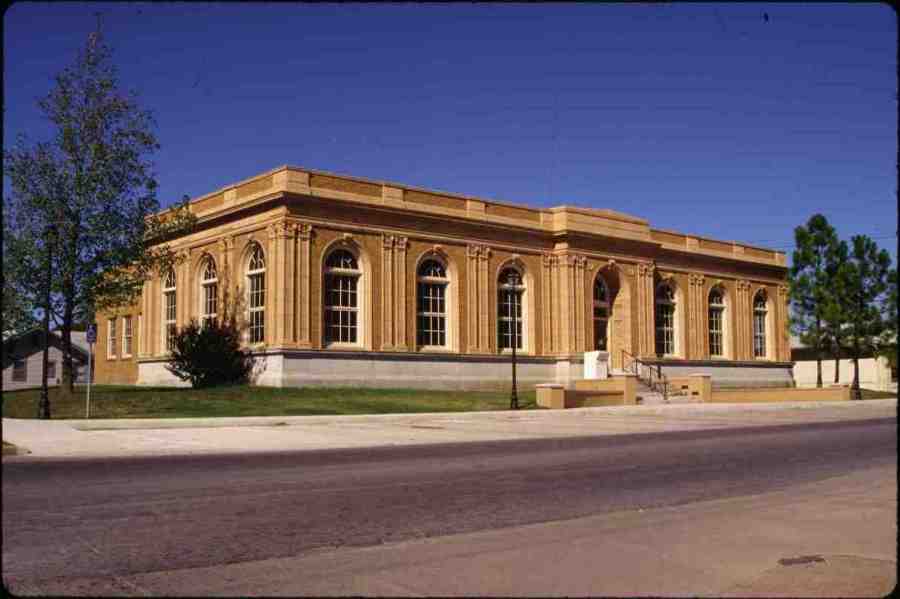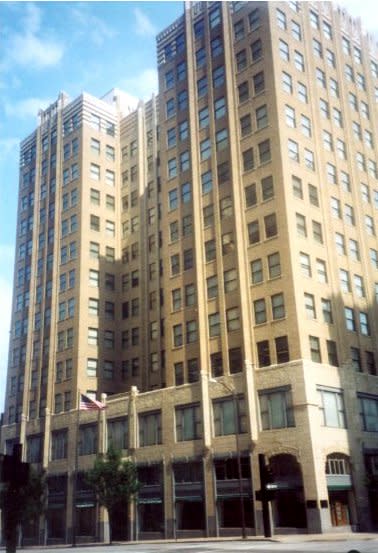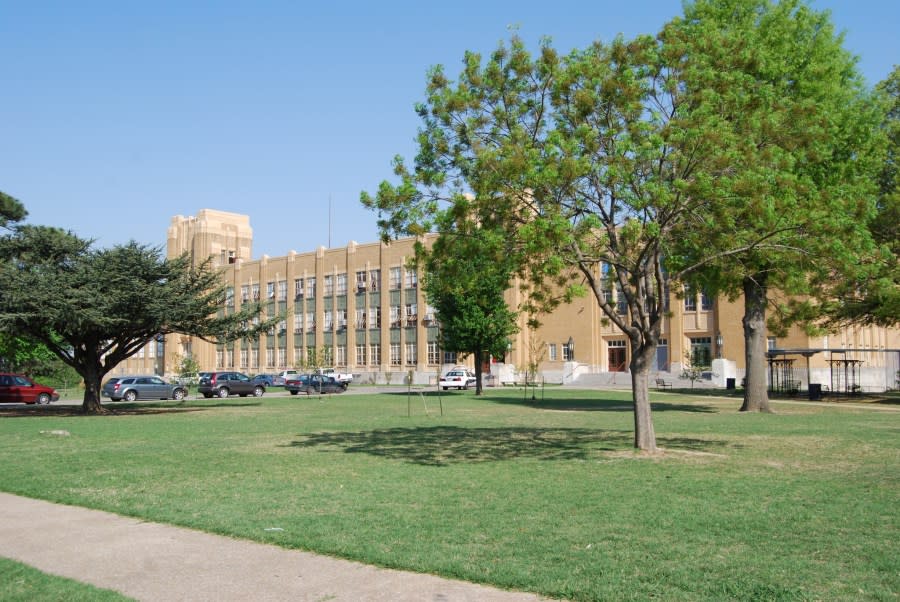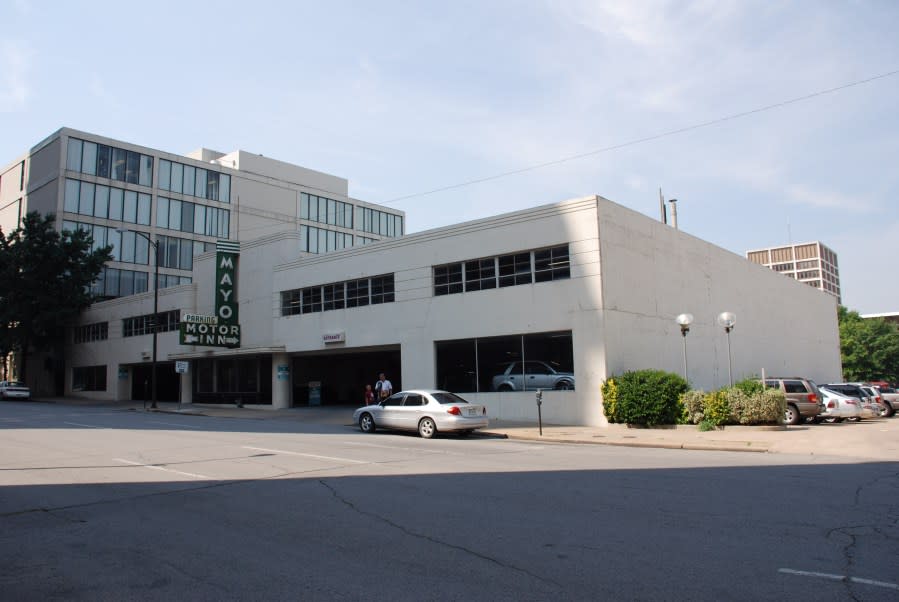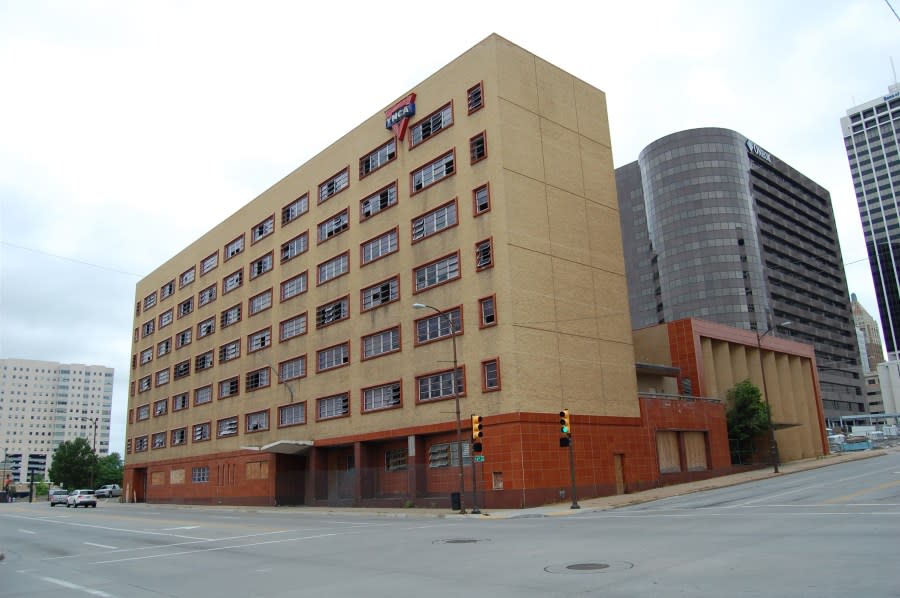This day in Oklahoma history: March 5

OKMULGEE, Okla. (KFOR) – The first person to become a licensed architect in Oklahoma was born on March 5, 1889.
According to the Oklahoma Historical Society, Leon Bishop Senter was born in Morris, Kansas, on March 5, 1889, to James and Emma Senter.
THIS DAY IN OKLAHOMA HISTORY: March 1
In 1910, Leon got married to Maudean Houghton in Missouri and had three children.
He joined the Kansas City, Missouri, architectural firm of Smith, Rae and Lovitt as a draftsman and office manager in 1912, and by 1918, he was a full partner.
Officials say they developed an office in Okmulgee, Oklahoma, in 1915, where Senter served as manager. Five years later, Rae passed away and the partnership ended, but Smith and Senter continued to work together in Okmulgee.
In 1925, Senter became a licensed architect in Oklahoma, the first in the state. In 1928, he moved to Tulsa, Oklahoma, where he created Senter and Associates in 1933. The firm included his son, Leon B. Senter Jr., who was also an architect.
According to OHS, Senter designed many buildings in both Okmulgee and Tulsa, but he also worked in other areas of Oklahoma.
In Okmulgee, Smith and Senter have been credited for designing:
The Orpheum Theater in 1921 (Spanish Baroque Revival)
The Commerce Building in 1921 (Beaux Arts)
The Okmulgee Carnegie Library in 1922 (Georgian Revival), which is also included in the National Register of Historic Places
The McCulloch Building in 1926 (Renaissance Revival)
Some of Senter’s designs in Tulsa include:
The Coliseum in 1928 (“Saracen Revival”)
The Philcade Building in 1930 (Art Deco), which is also included in the National Register for architectural significance
The Tulsa Union Bus Depot in 1935 (Art Deco)
Will Rogers High School in 1939 (Art Deco), which is also included in the National Register for architectural significance
The Stanolind Pipeline Building in 1949 (Streamline/Art Moderne)
The Mayo Motor Inn in 1952 (International Style), which is also included in the National Register for architectural significance
The Downtown Tulsa YMCA in 1953 (International Style), which is also included in the National Register for architectural significance
The Page Belcher Federal Building and United States Post Office in 1967 (International Style)
Philcade Building, Tulsa. Image courtesy Oklahoma Historical Society. Will Rogers High School, Tulsa. Image courtesy Oklahoma Historical Society. Mayo Motor Inn, Tulsa. Image courtesy Oklahoma Historical Society. Downtown Tulsa YMCA. Image courtesy Oklahoma Historical Society.
THIS DAY IN OKLAHOMA HISTORY: February 14
OHS says in 1957, Senter was elected to the College of Fellows of the American Institute of Architecture. He also worked on the licensing board for Oklahoma architects, was a member of the board of design for the Tulsa Civic Center and had a seat on the National Council of Architectural Registration Boards.
Senter died in Tulsa on September 16, 1965.
For the latest news, weather, sports, and streaming video, head to KFOR.com Oklahoma City.
